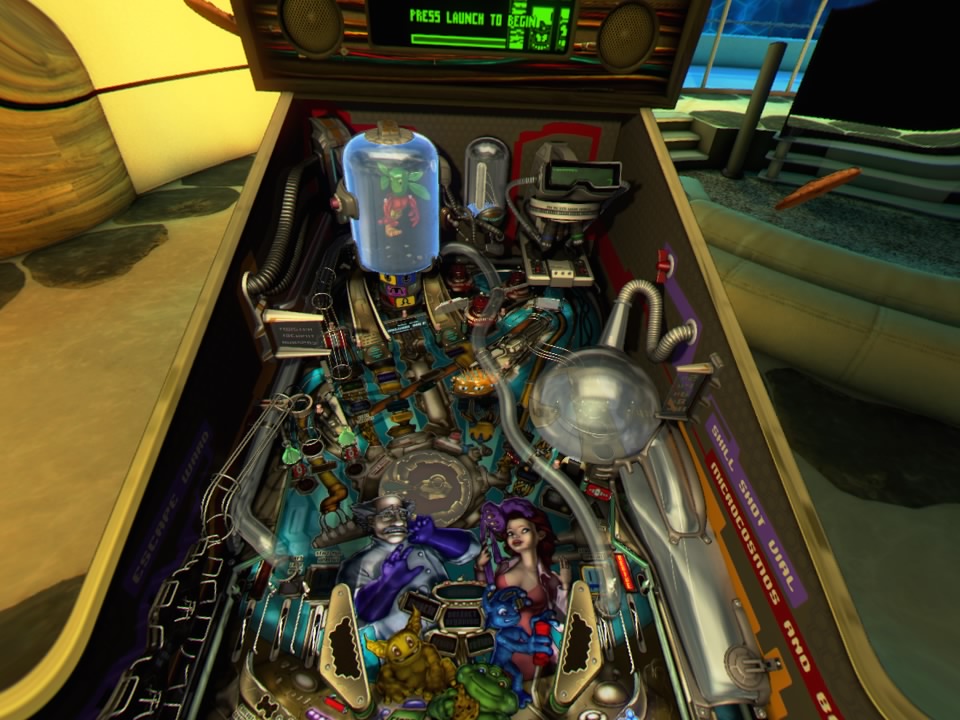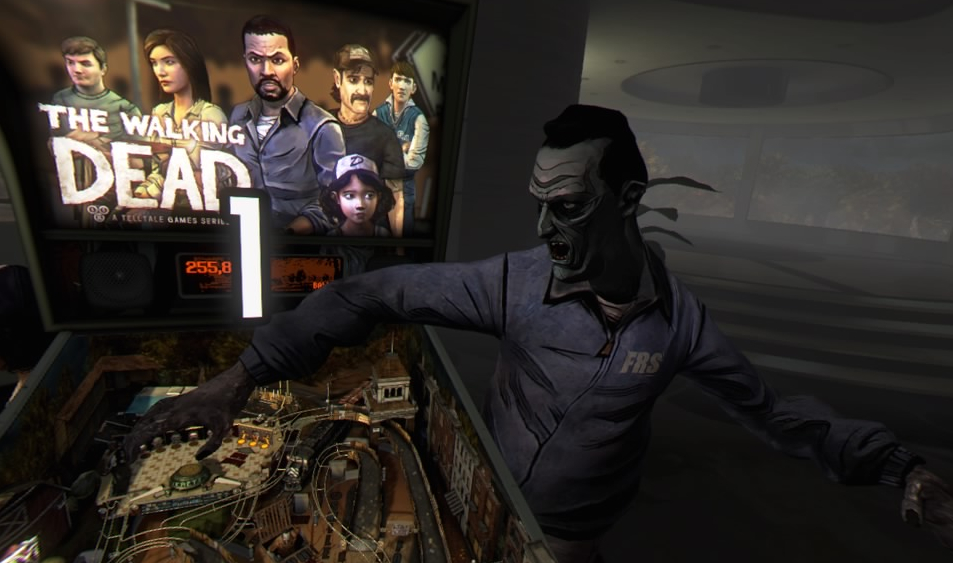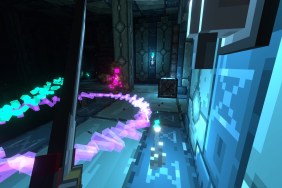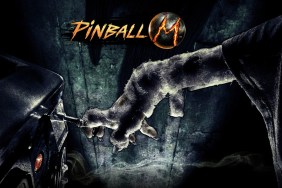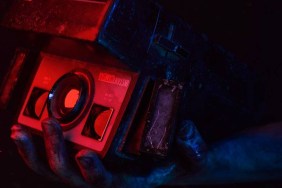It has finally happened. The killer app for the PlayStation VR has arrived! Okay, so this may not necessarily apply to everyone, but as a diehard pinball aficionado, I found that Pinball FX2 VR was the perfect use of virtual reality technology. I know you are probably asking yourself, “but what could VR possibly bring to the pinball?” Allow me to elaborate a bit.
A Brave New World
While the question of “what VR brings to pinball?” is a completely valid question, I’d like to first loop back and touch on one of the biggest criticisms of digital pinball: flat presentation. When trying to play on an HDTV, especially when you’re unfamiliar with a table, it can sometimes be difficult to perceive the relative height of ramps or the depth of items that are near the top of the table. There are obviously ways to aid in this problem through creative camera positioning, but it can still be difficult to grasp this with any level of confidence. The shortcoming is further exacerbated by cameras that cannot be dynamically controlled by the player, aside from selecting from a handful of preset options.
Fast forward to today’s release of Pinball FX2 VR, when everything that you think you know about digital pinball will be turned on its ear. Thanks to the use of PlayStation VR’s 3D capabilities, players will now have the ability to interact with digital tables in ways that were never before possible. For one, the sense of depth provided by the addition of the z-axis makes a stunning difference in the ways you will perceive a playing field’s design. Just by tilting my head to the side and looking under things, I found myself discovering new elements on tables I have been playing for years.
Before I get too far down the road talking about presentation, I should first take a second to explain how the actual VR presentation of Pinball FX2 works. Imagine your body’s positioning when playing on a physical pinball table. If you are anything like me, you’re most likely leaning somewhat over the top of the bottom third of the table, peering down from above and moving my head to follow the position of the ball. I have seen others that prefer to sit back from the machine and view the action from more of a bottom-up angle. The beauty of pinball in VR is that now either player can be satisfied with their camera angle, because they are the damn camera.
At the start of any machine being loaded, the base of the camera is positioned at the bottom of the table, peering upwards, much like if you were standing in front of a physical table. Once this location has been set, the player has free range to move where ever they’d like, in order to best suit their playstyle. Prefer to be one of the folks that sits back? Set your position, then take a step (or scoot your chair) backwards. I found myself actually tending to slide forward and hunker over the table, much like I would do in real life. Turning/tilting your head works in concert with the camera to simulate virtually the exact same experience as playing in person.
Not Without Its Kinks
Though the game may offer a level of pinball immersion that is without match, I extend one piece of advice: Posture matters. I found myself looking down at the table for extended periods of time while playing. Despite the PSVR being quite light, that’s primarily when you are looking forward, with the bulk of the weight anchored on the top of the head. When playing for extended periods of time looking downward, I found that the extra weight of the headset was beginning to make my neck sore. I guess that is the price you have to play for authenticity.
Another interesting observation that feels somewhat more impactful to the gameplay is the dreaded screen door effect that is ever-present. While things that are directly in front of you are visually spot on, as your eyes wander to the periphery of your vision, the picture begins to distort slightly. This isn’t anything that is overly egregious, but the effect is far more pronounced when your face is positioned closer to the table. However, once things grow a bit more intense on the gameplay side, you will hardly notice the difference. Along the same lines, if there are any scenarios where a quick jerk of the head is required to see something, there will always be a momentary screen blurring. Granted, I think that is more likely a shortcoming of the hardware, as opposed to the actual game itself.
Each table plays just as well as they always have on PlayStation 4. Thankfully the introduction of another dimension didn’t have any negative impact on the usually solid Pinball FX2 framerate. In fact, if you have traditionally been playing the game on a television that has a higher display lag, it may actually feel more responsive when using PSVR, because it has a direct line from the console. This was an extremely unexpected, yet very welcome observation to be sure.
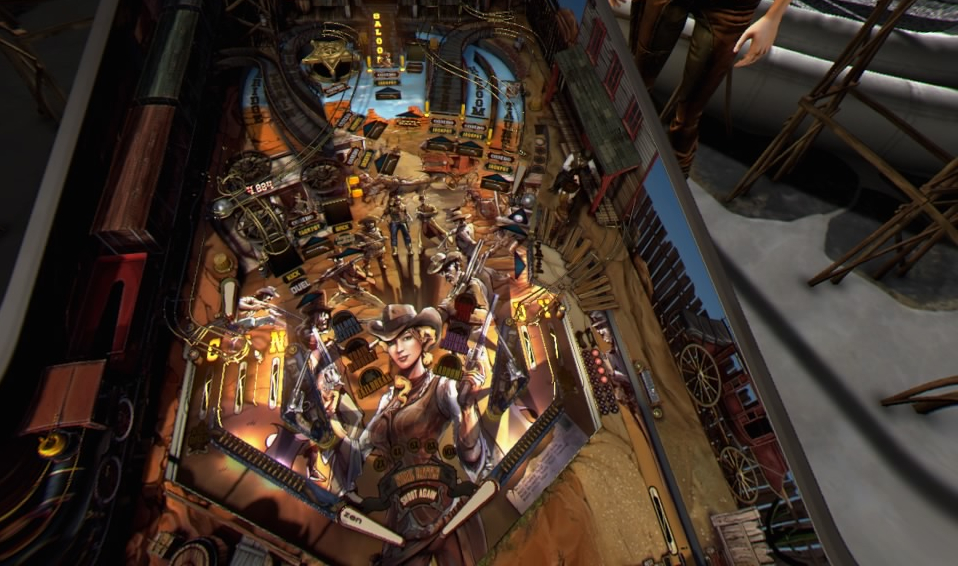
Bringing the Game to Life
By far, the most interesting addition to Pinball FX2 VR doesn’t even happen on the tables themselves. The actual pinball action takes place in a fancy loft that has three tables arranged throughout the room. This static location remains consistent throughout gameplay. Thanks to the newly provided camera flexibility brought about by VR, there needed to be some way to handle users that are looking away from the table. Instead of being greeted by an envelope of darkness, players are treated to viewing the loft, only with environmental changes that are unique to each table.
A perfect example of the environmental changes in the loft is the Walking Dead pinball machine. While everything on the playfield remains consistent, there are countless touches to reinforce the setting of a zombie-infested wasteland. If you look out the windows there are several honest-to-goodness undead critters banging on the exterior window of the loft, trying to get inside. Things only get crazier inside of the loft, where you will find Clementine cowering behind the left side of the table, nervously fidgeting. She seems to be hiding from whatever is on the right side of the table, which just so happens to be a goddamn zombie. In his pursuit of grey matter, this monster will even lunge across the table from time-to-time, which can actually obstruct the player’s view of the playing field. Every table has these sorts of elements and gimmicks, with several of them actually featuring interactive characters that will try and interact with the player or react to what is going on in the game itself. It is not an exaggeration to say that in VR, the tables actually come to life.
It is also worth mentioning that at launch, the game has a fairly limited subset of tables that are available. Counting all of the DLC that is available, the initial offering has a grand total of 10 tables. This seems paltry when you consider the studio’s rather impressive back library of licensed material. I imagine that a majority of these tables are on the way, but no roll out plan has been confirmed as of yet. But to be fair, all of the impressive environmental theatrics don’t just design themselves. This is far from a simple porting process. I look forward to see what else is in their pipeline for the coming months.
Pinball FX2 VR has completely morphed my perception of what VR is capable of as a platform. It helps that the folks over at Zen Studios went above and beyond to make the experience trans formative. As both a gamer and a pinball fanatic, I cannot recommend this release highly enough. The scary part is that it can only get better from here. I will see you on the leaderboards.
Pinball FX2 VR review code provided by publisher. For more information on scoring please see our Review Policy here.
-
Solid sense of depth with 3D presentation
-
Awesome environmental changes to loft help set the scene
-
Far from a simple port to VR
-
Feels almost as good as the real thing
-
Extended play sessions can be hard on your next
-
Screendoor effect on edges of periphery vision
-
Occasional image blur when quickly moving camera
Pinball FX2 VR Review
-
Pinball FX2 VR_20161121211141
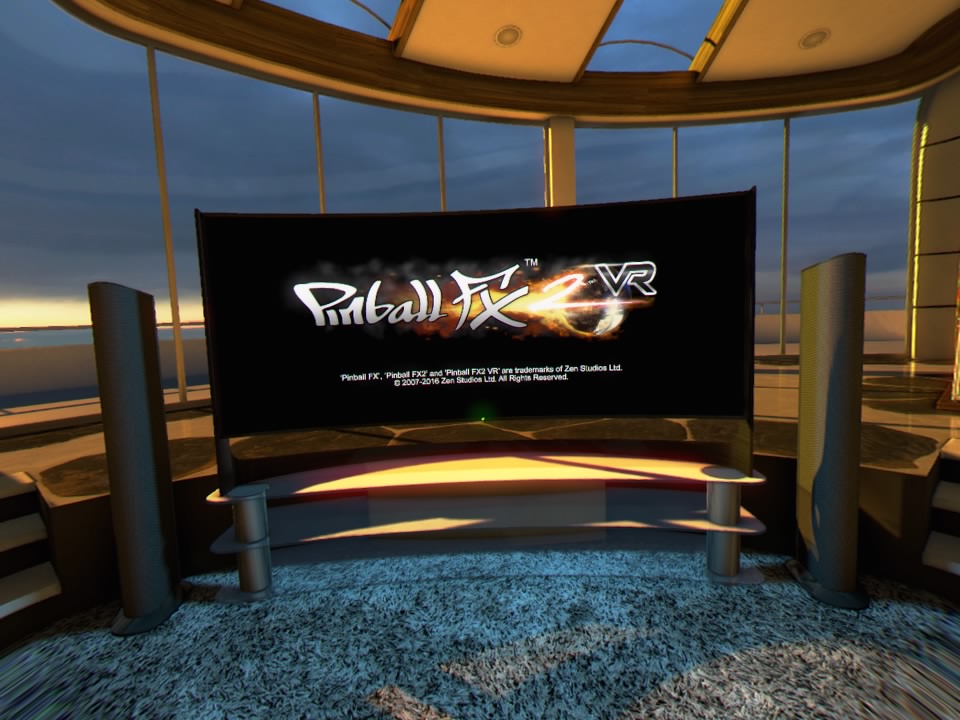
-
Pinball FX2 VR_20161121212843
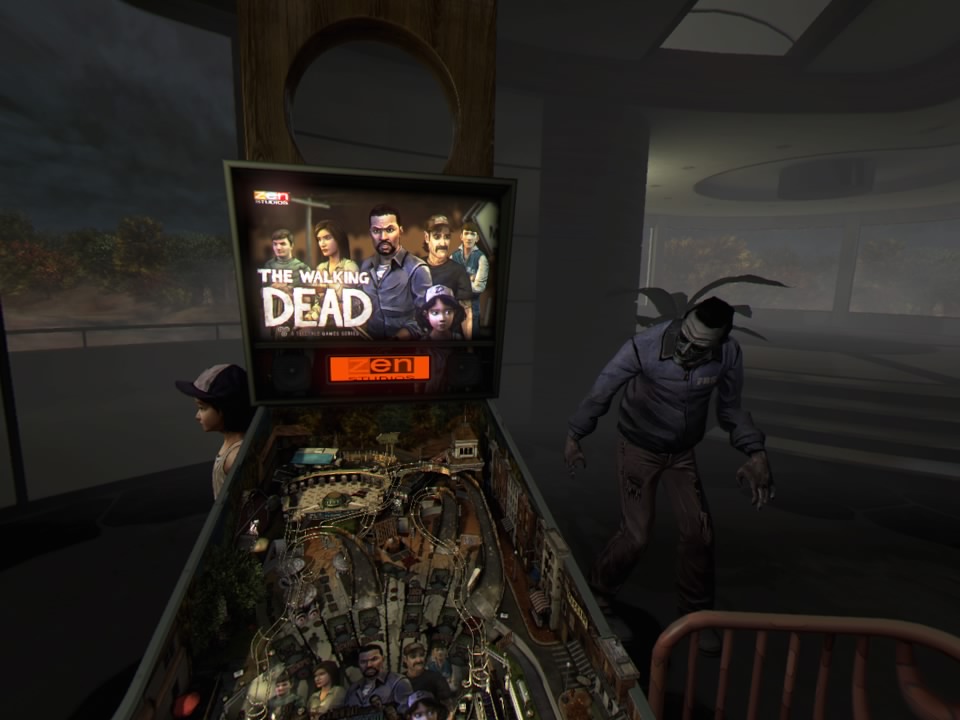
-
Pinball FX2 VR_20161121212850
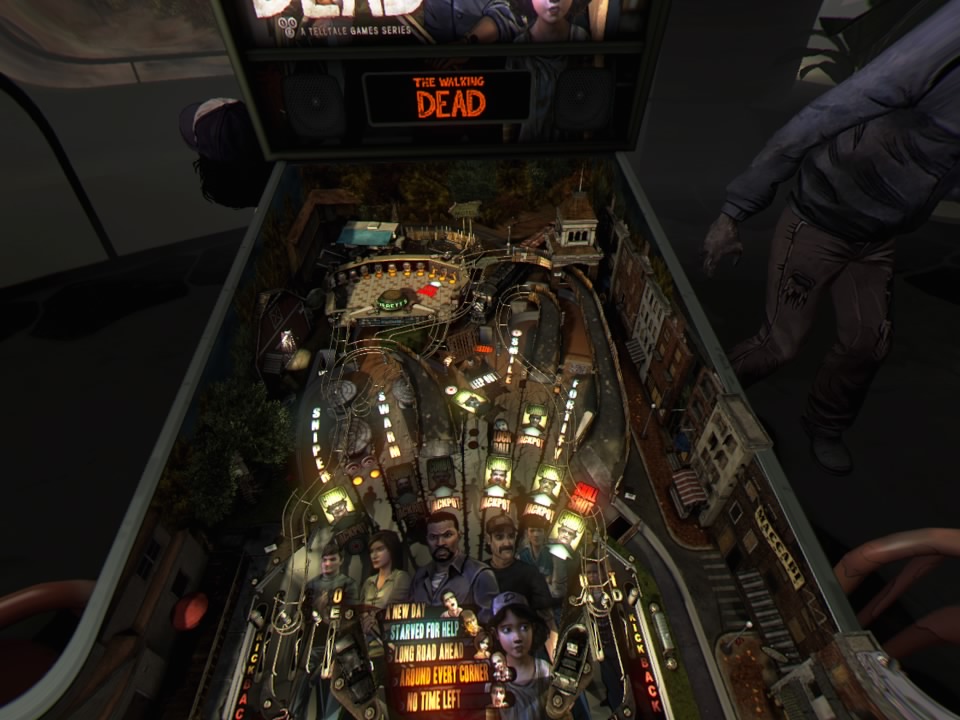
-
Pinball FX2 VR_20161121212959
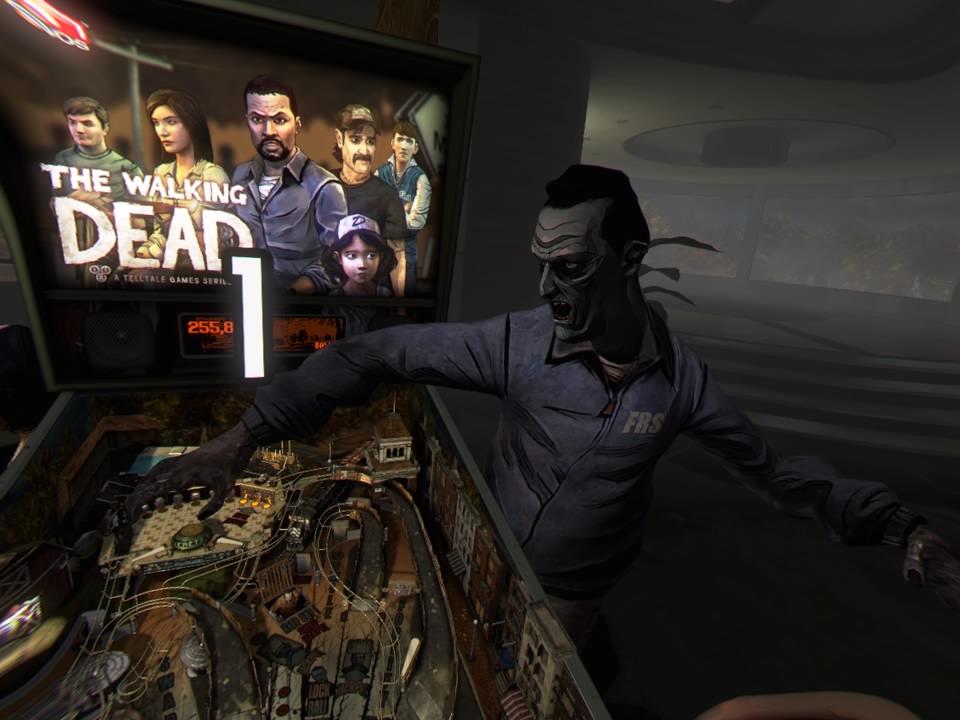
-
Pinball FX2 VR_20161121215918
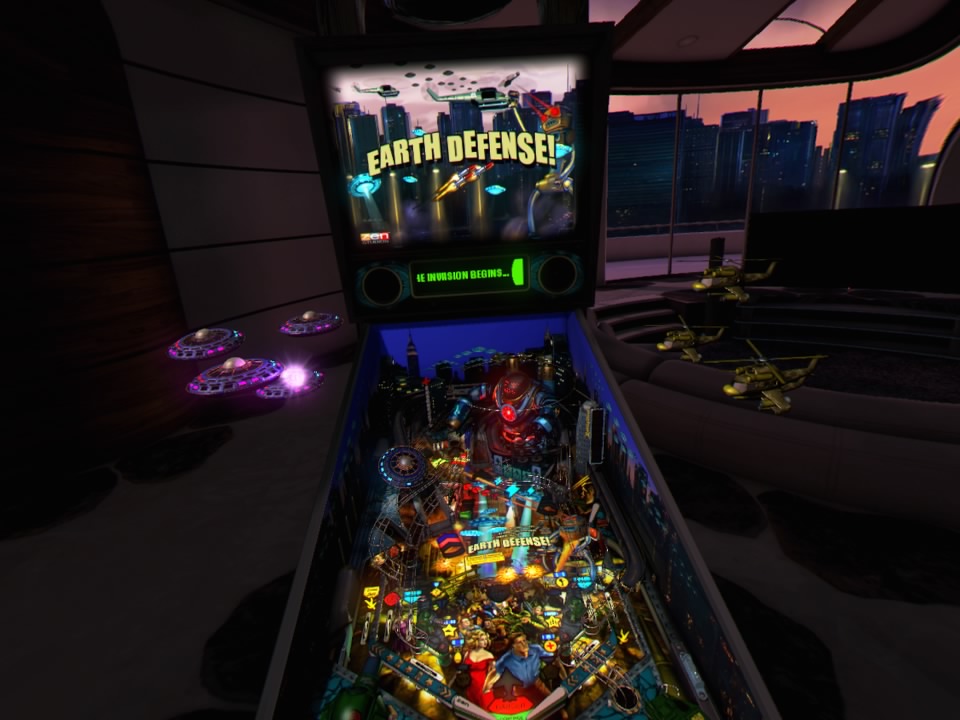
-
Pinball FX2 VR_20161121220504
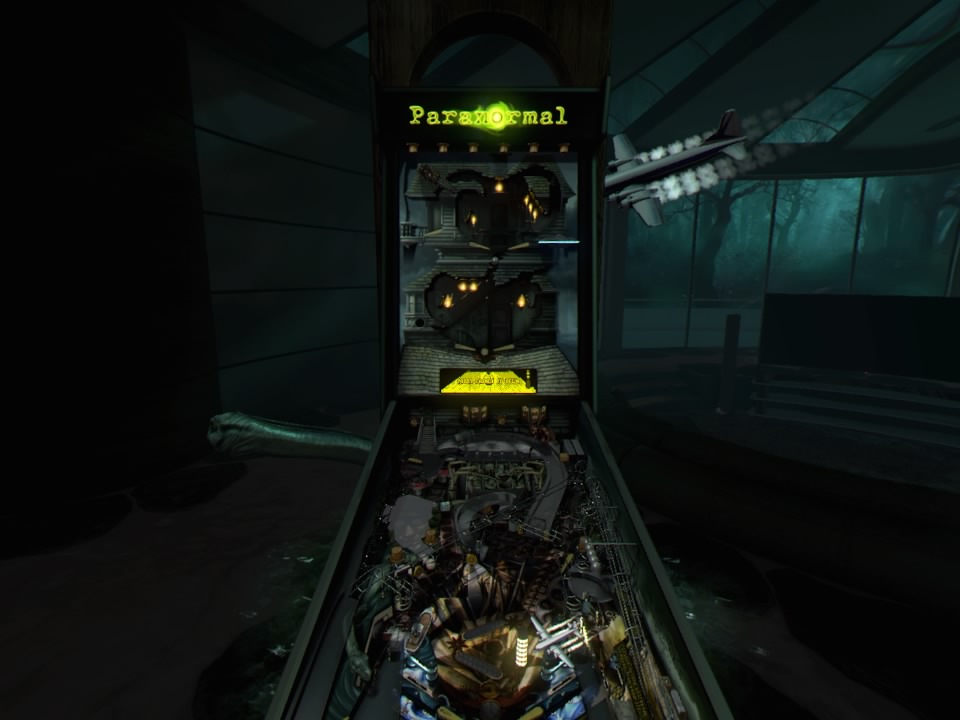
-
Pinball FX2 VR_20161123195748
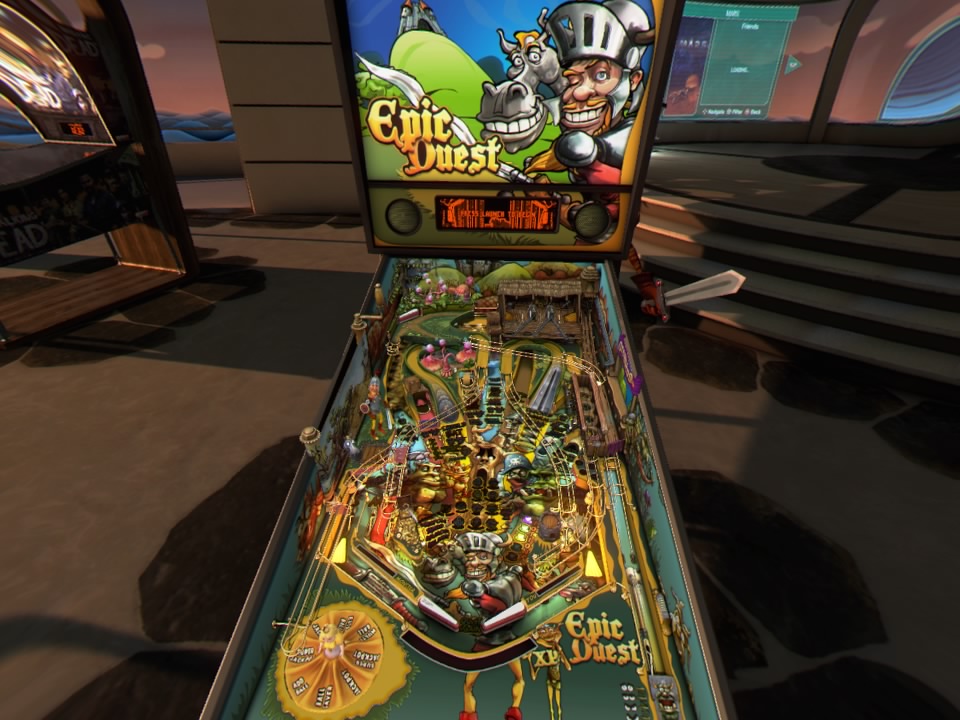
-
Pinball FX2 VR_20161123195752
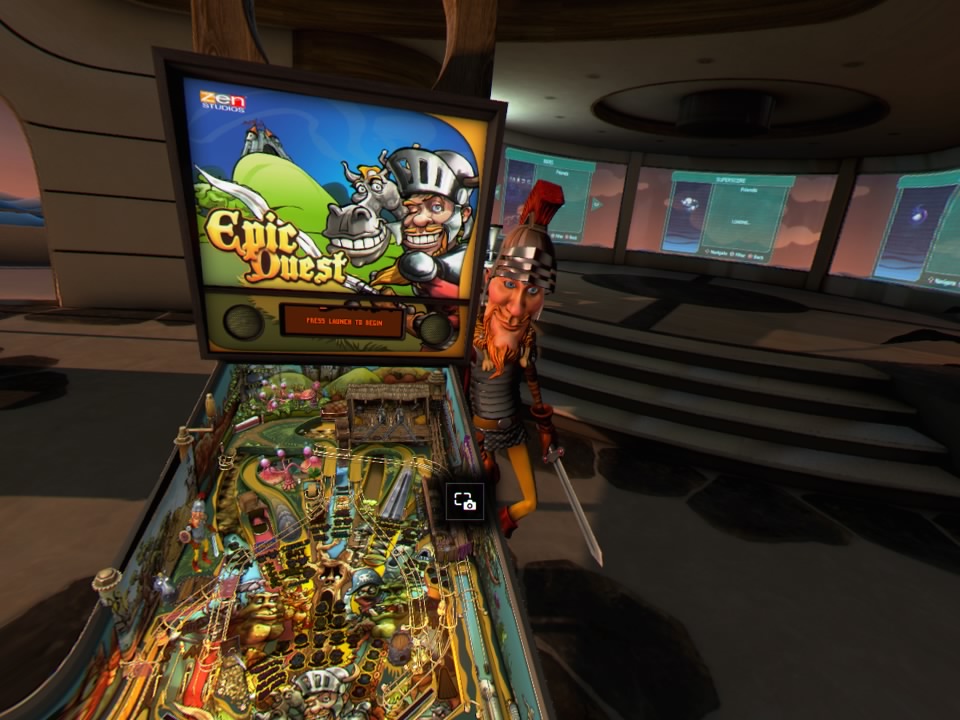
-
Pinball FX2 VR_20161123195937
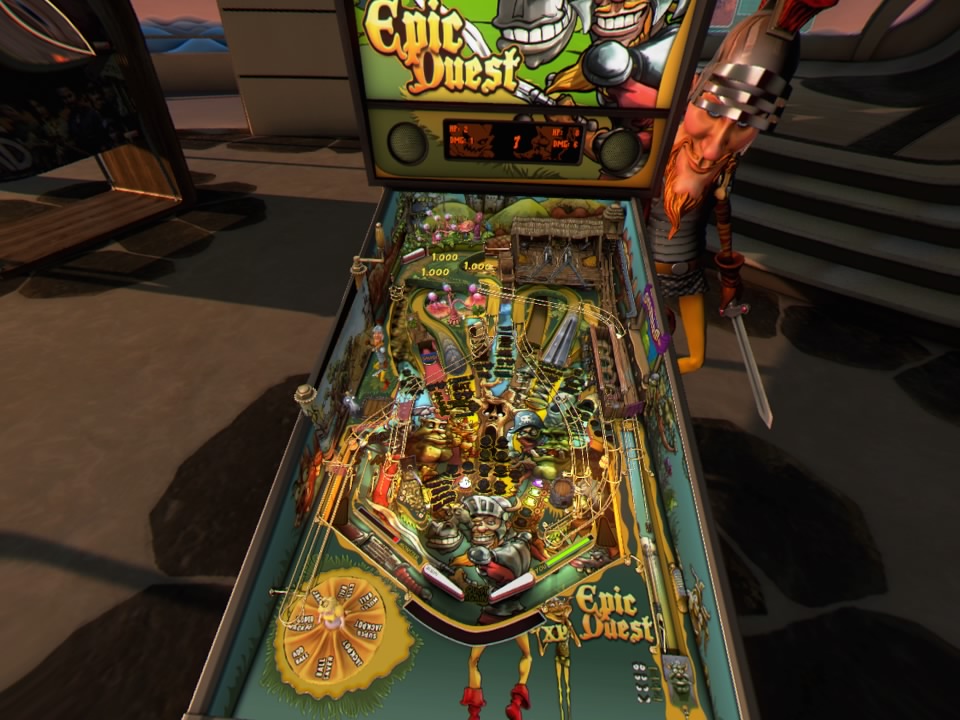
-
Pinball FX2 VR_20161123200508
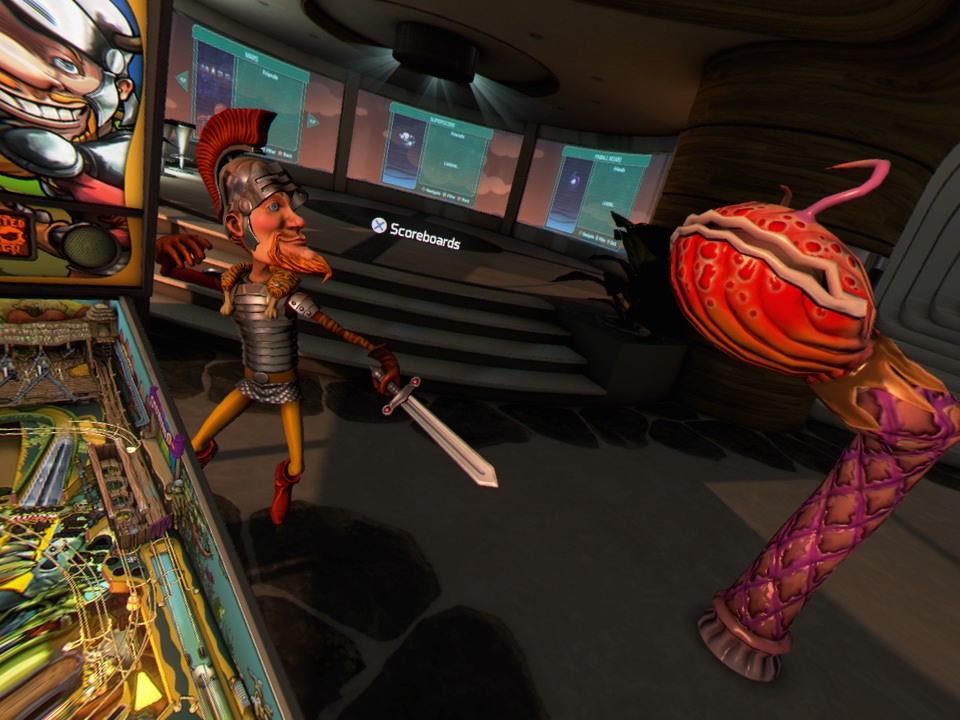
-
Pinball FX2 VR_20161123200526
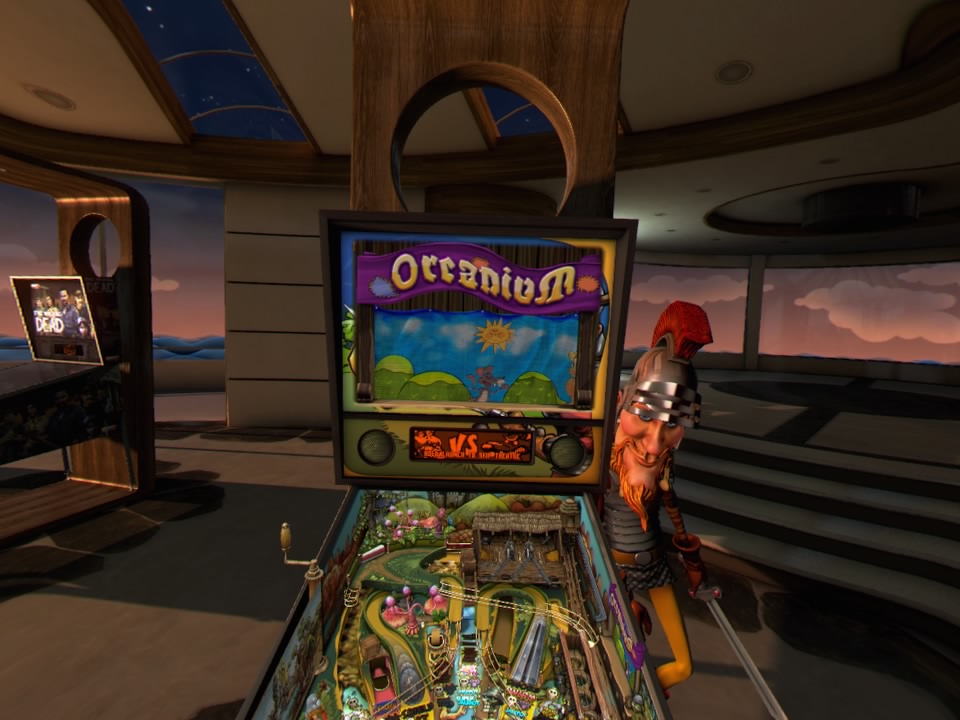
-
Pinball FX2 VR_20161123201026
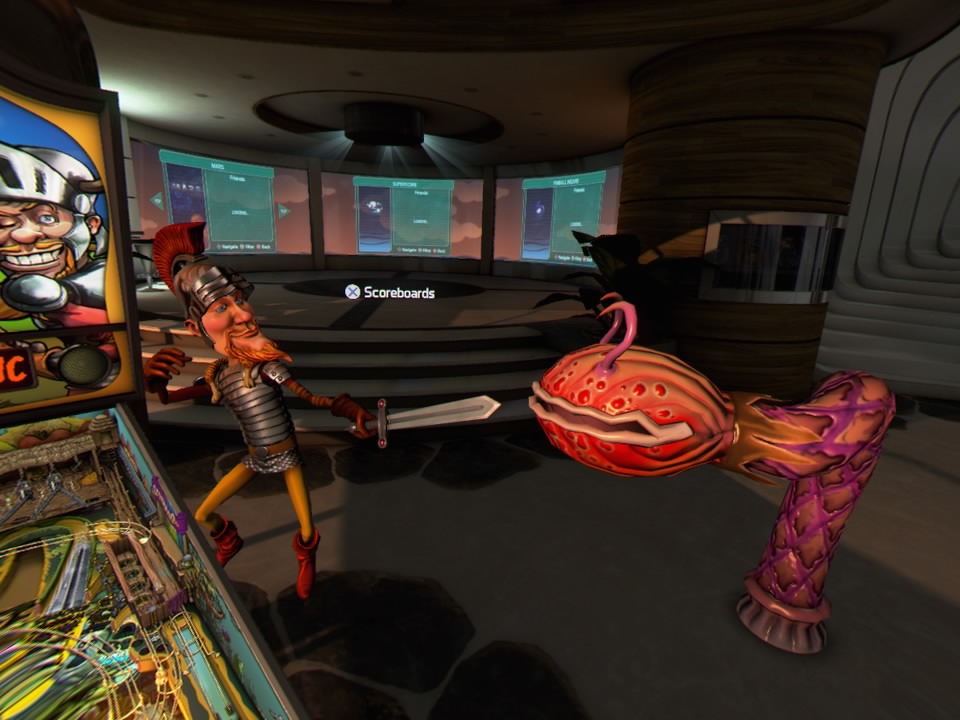
-
Pinball FX2 VR_20161123210146
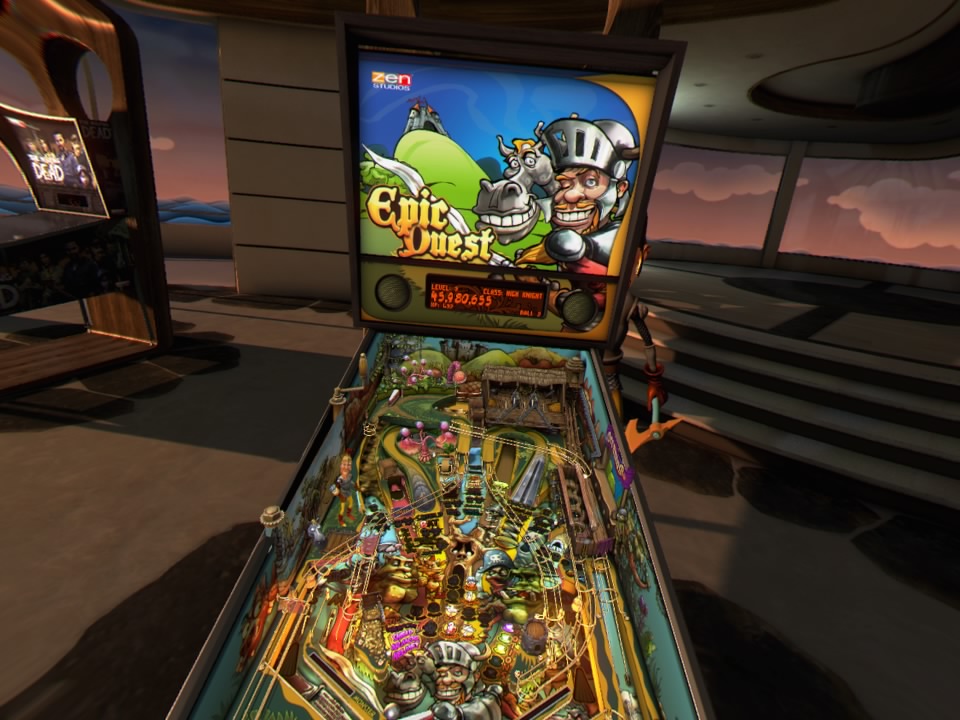
-
Pinball FX2 VR_20161123210550
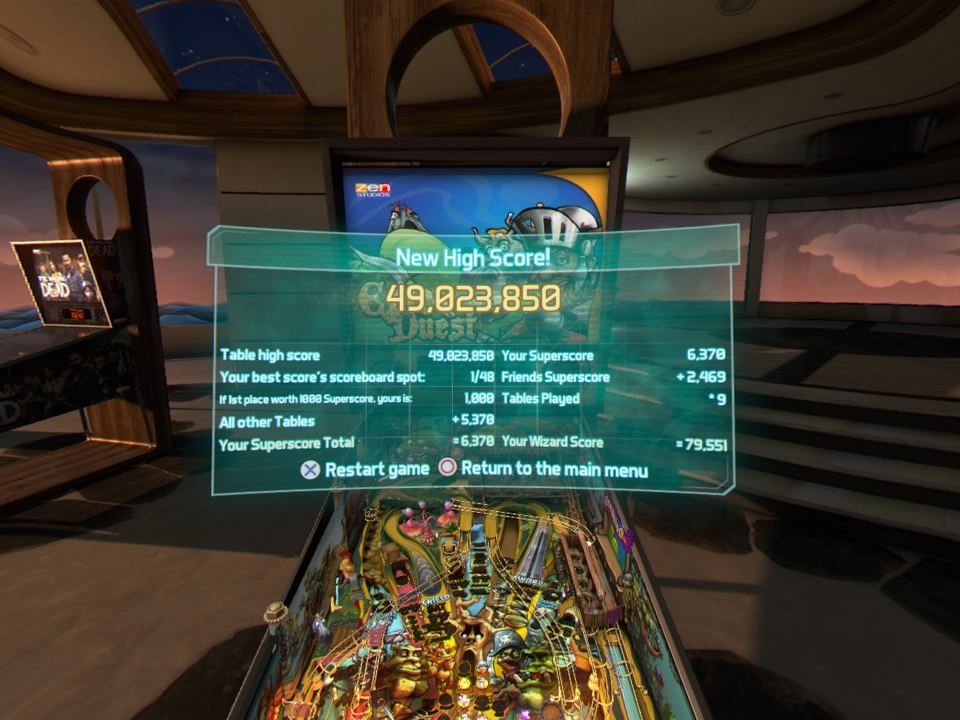
-
Pinball FX2 VR_20161123210602
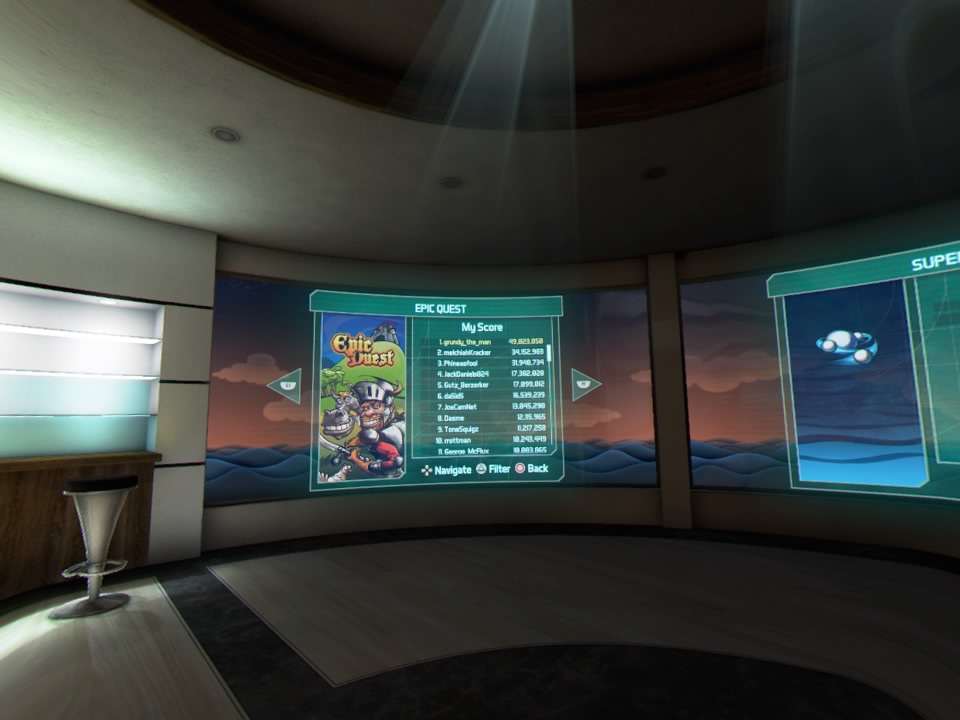
-
Pinball FX2 VR_20161123210654
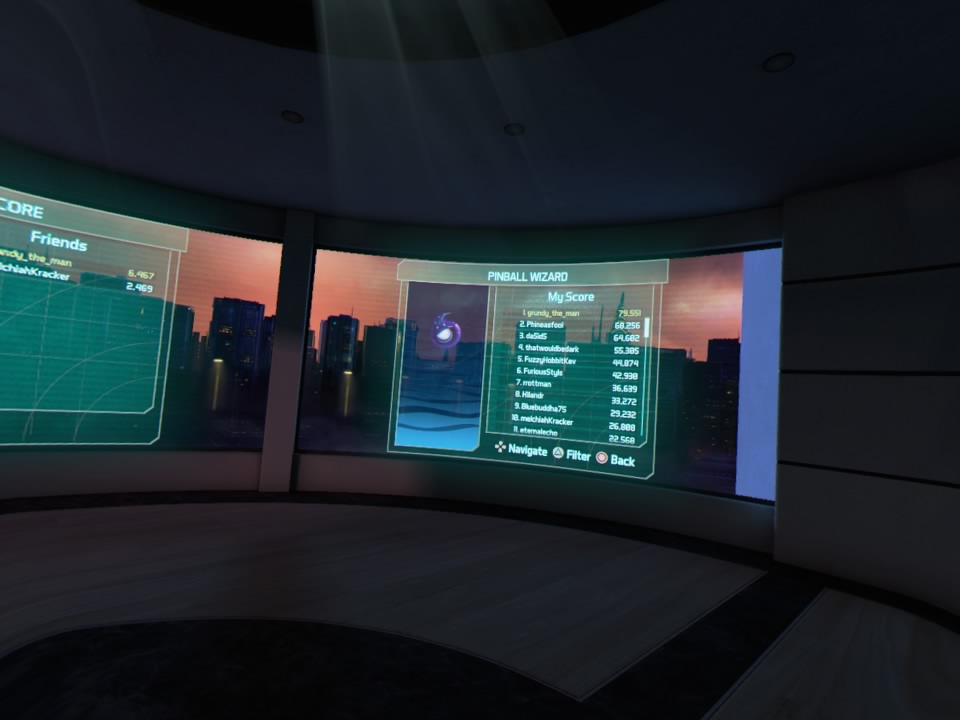
-
Pinball FX2 VR_20161123210701
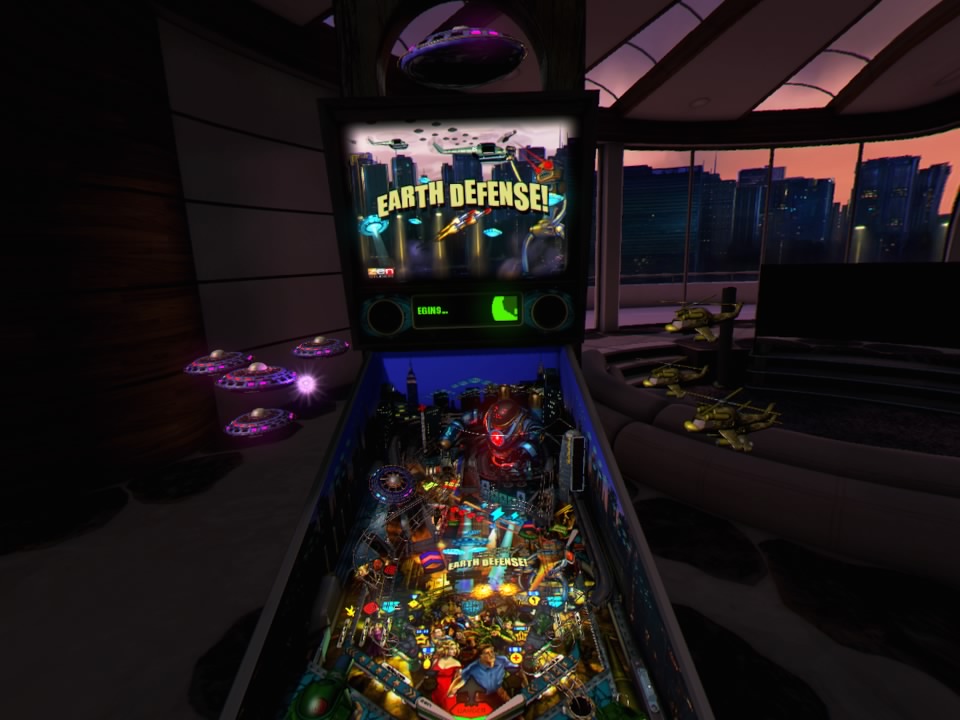
-
Pinball FX2 VR_20161123210836
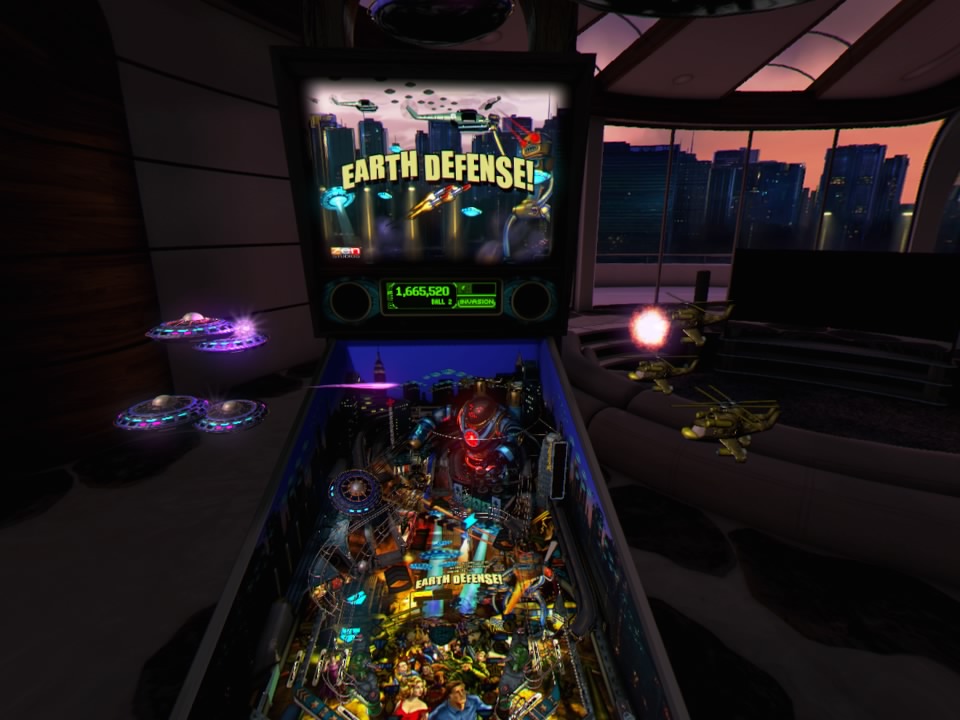
-
Pinball FX2 VR_20161123210906
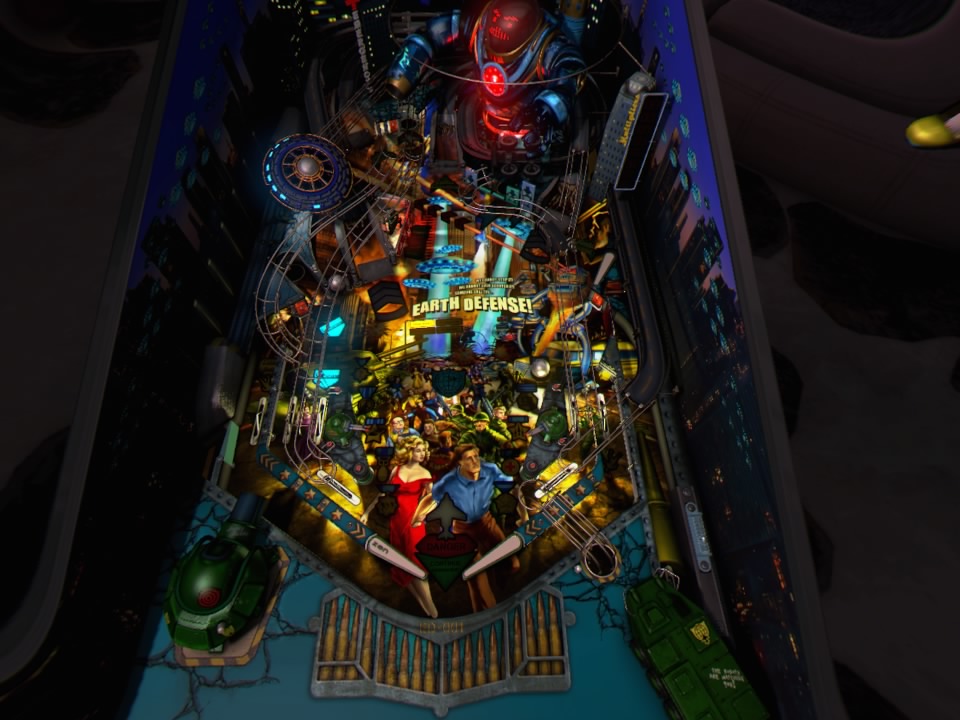
-
Pinball FX2 VR_20161123211414
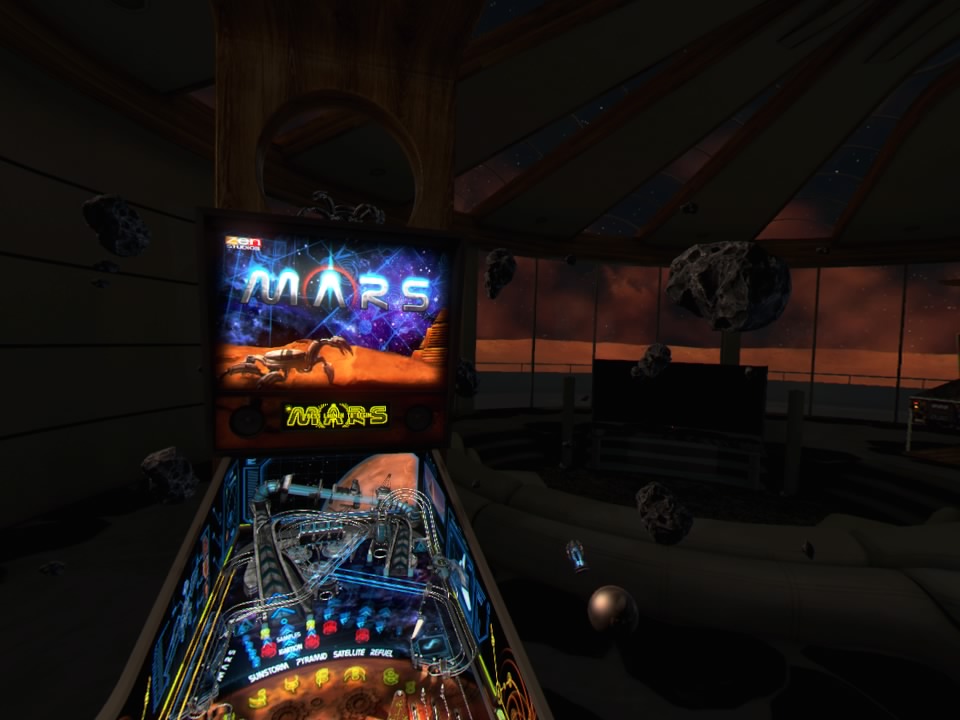
-
Pinball FX2 VR_20161123212559
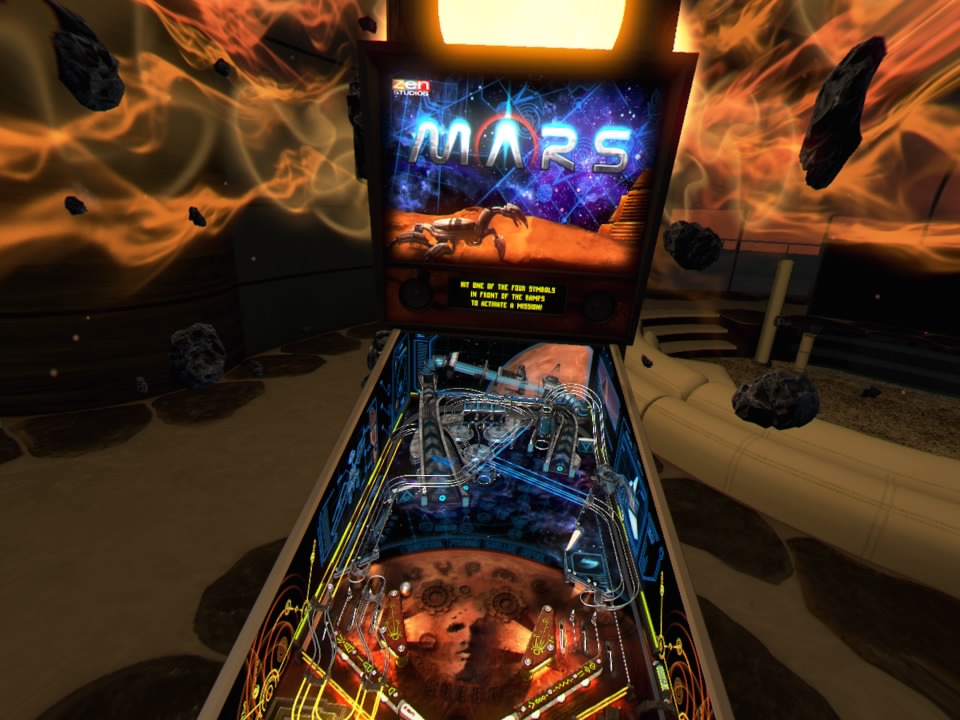
-
Pinball FX2 VR_20161123212728
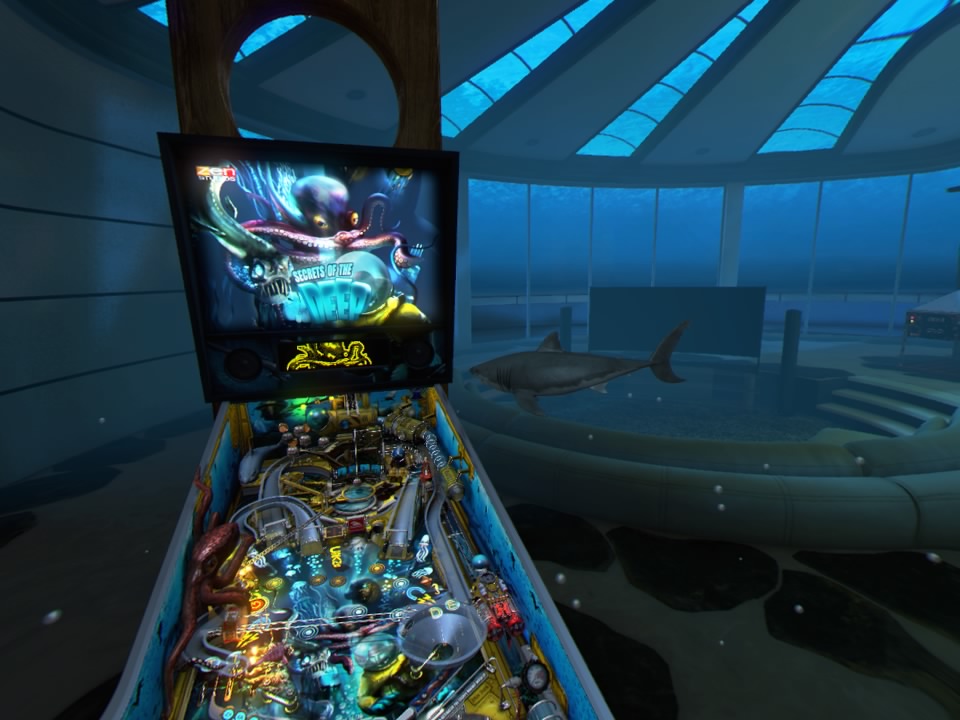
-
Pinball FX2 VR_20161123214615
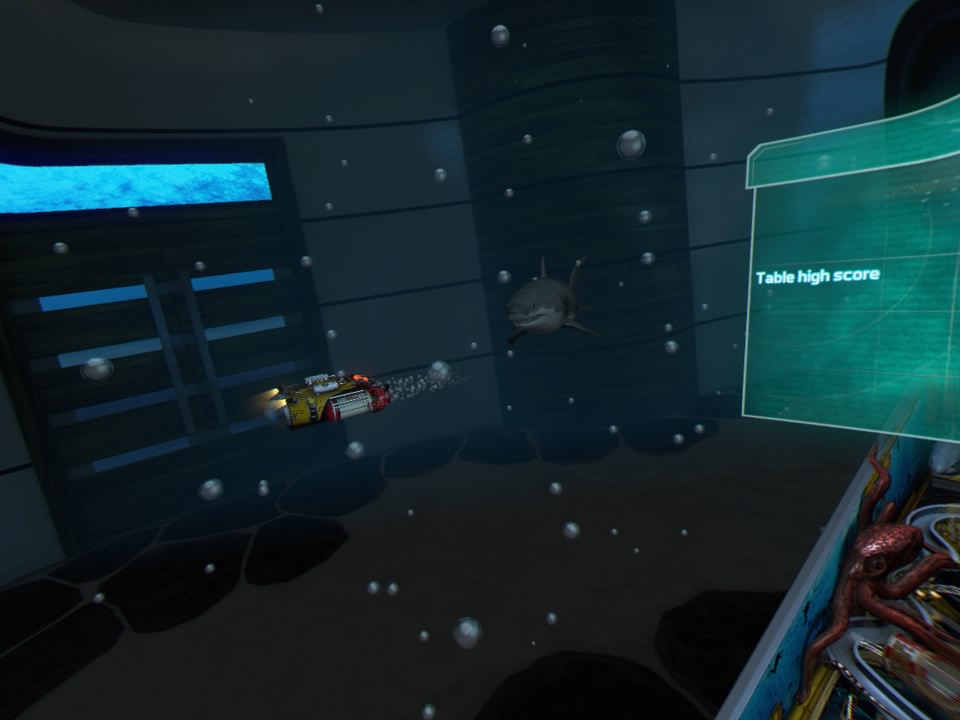
-
Pinball FX2 VR_20161123214743
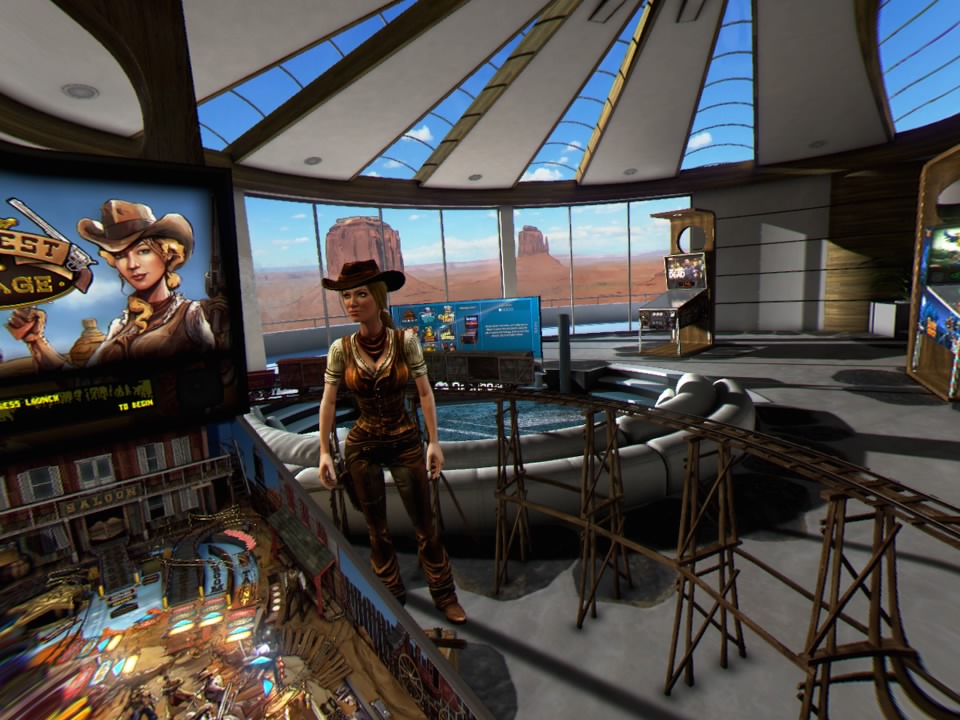
-
Pinball FX2 VR_20161123214748
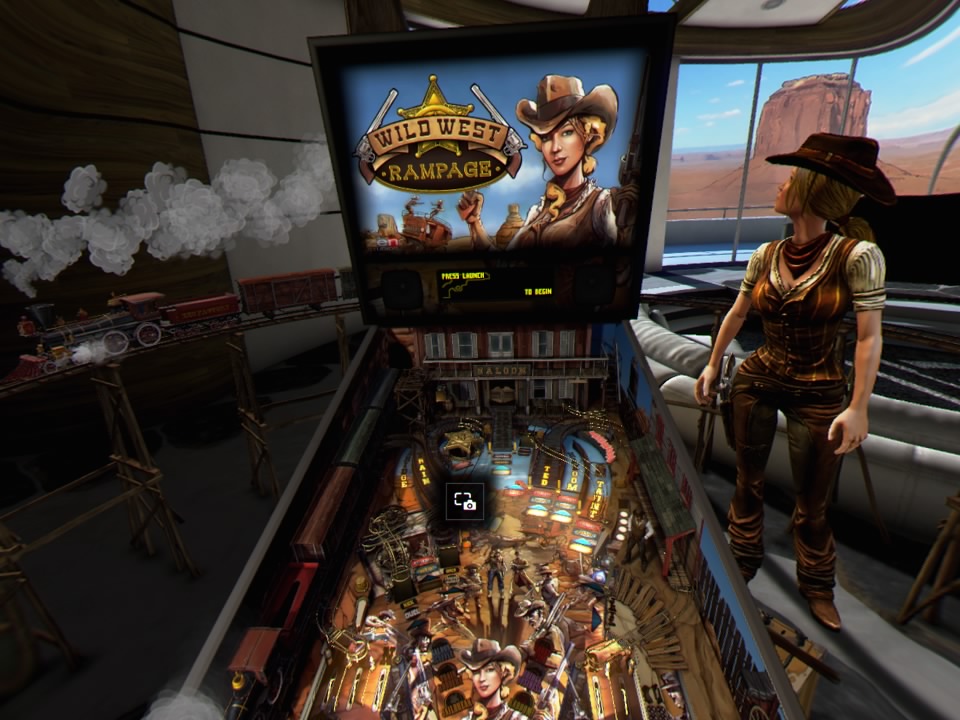
-
Pinball FX2 VR_20161123214752
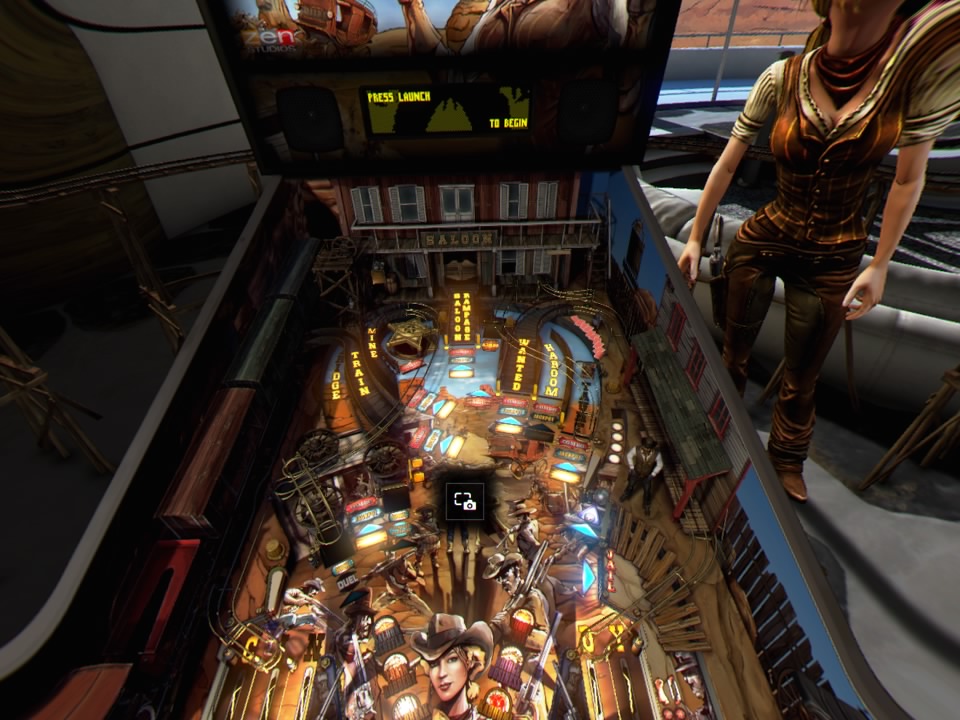
-
Pinball FX2 VR_20161123214800
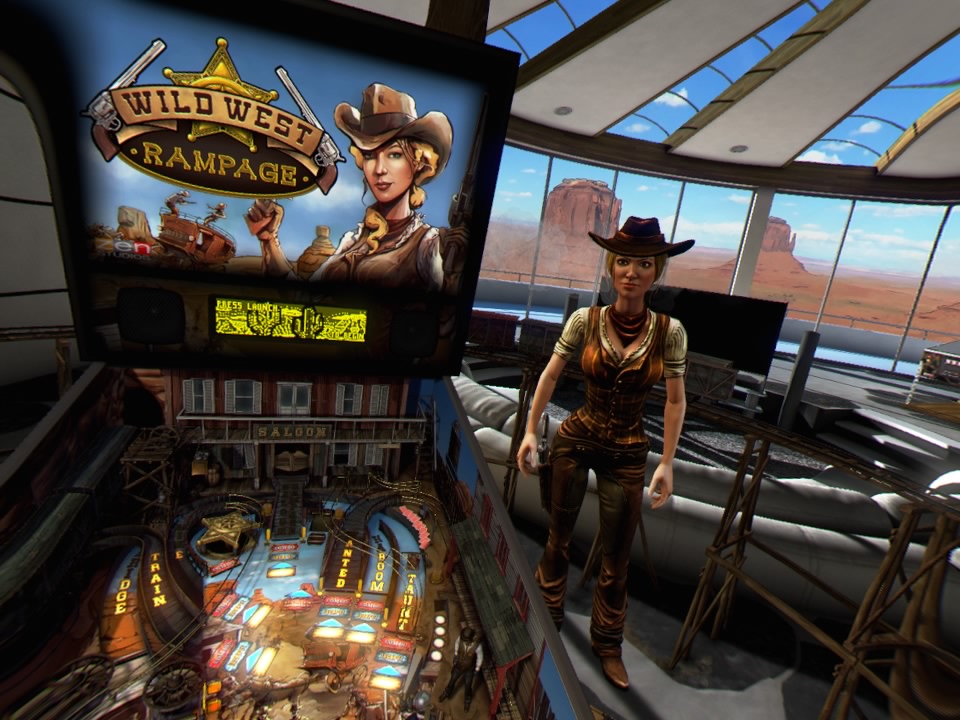
-
Pinball FX2 VR_20161123215055
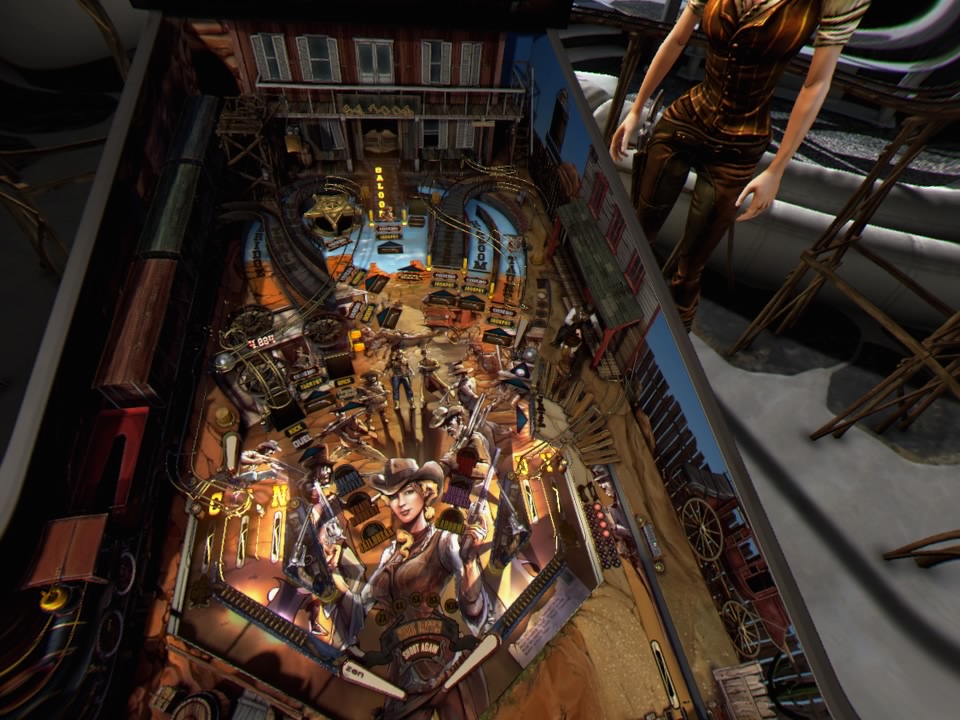
-
Pinball FX2 VR_20161123215851
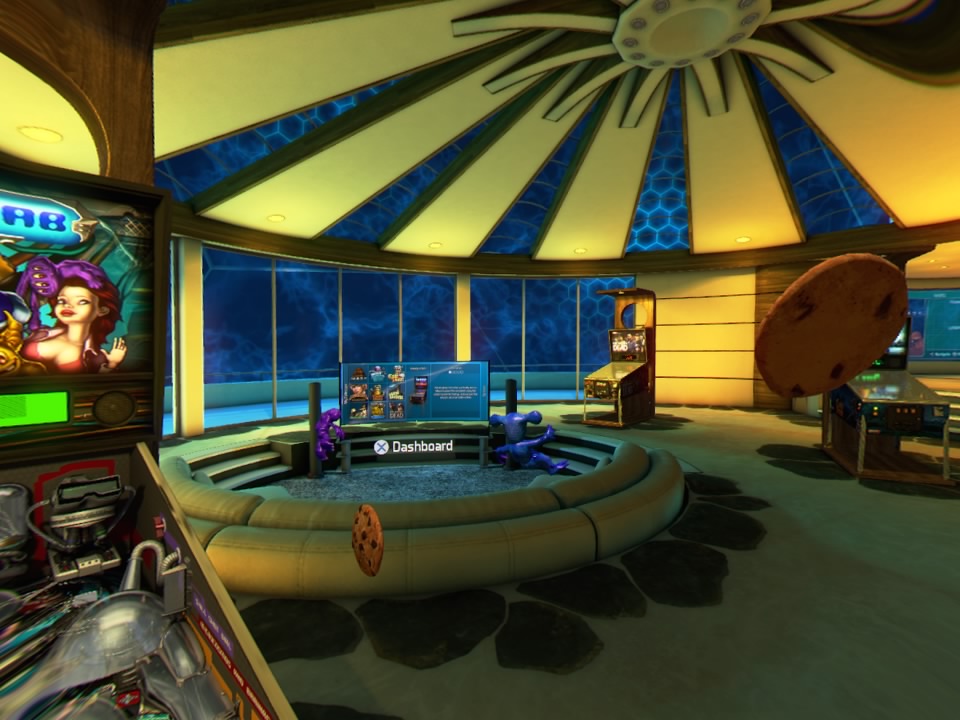
-
Pinball FX2 VR_20161123215859
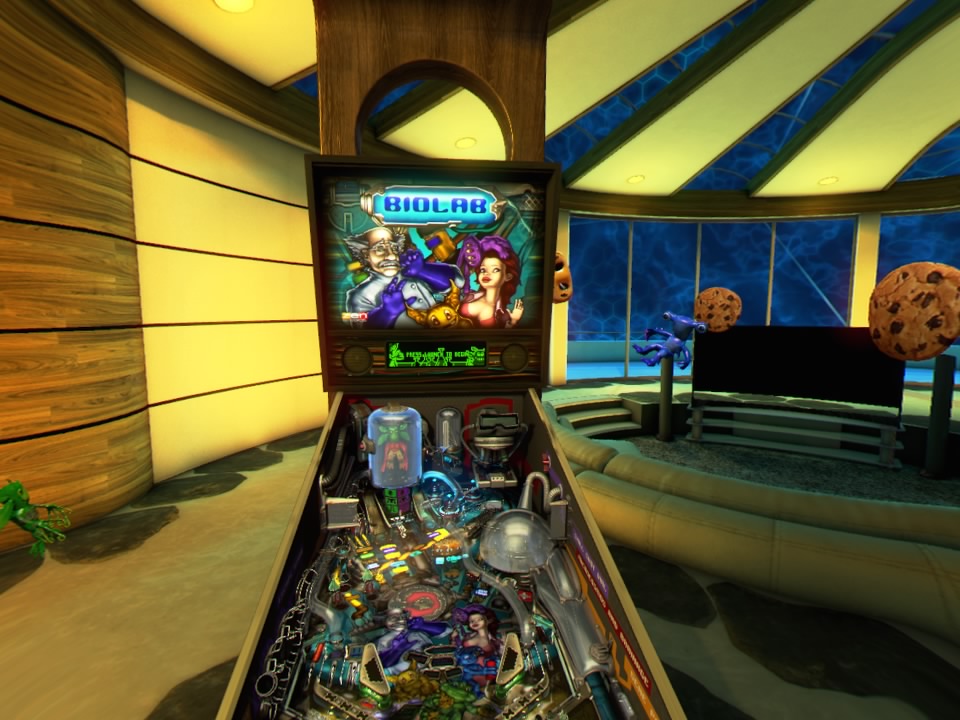
-
Pinball FX2 VR_20161123215905
